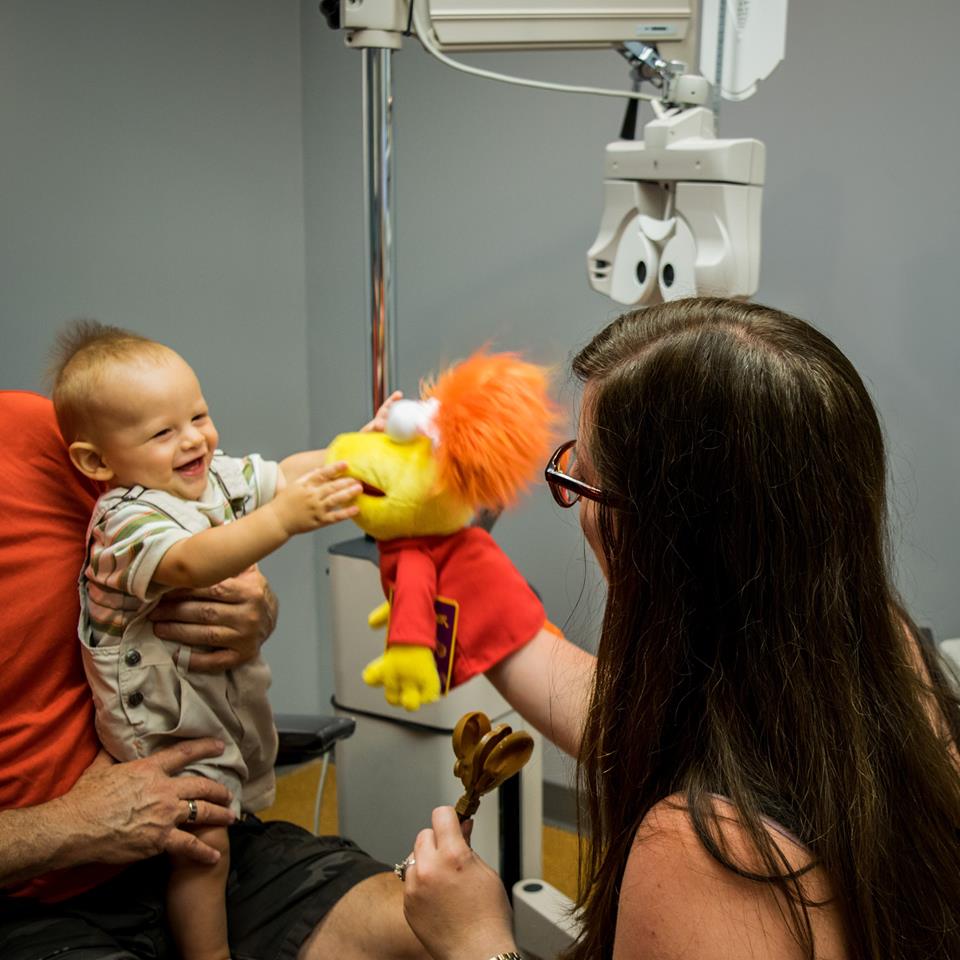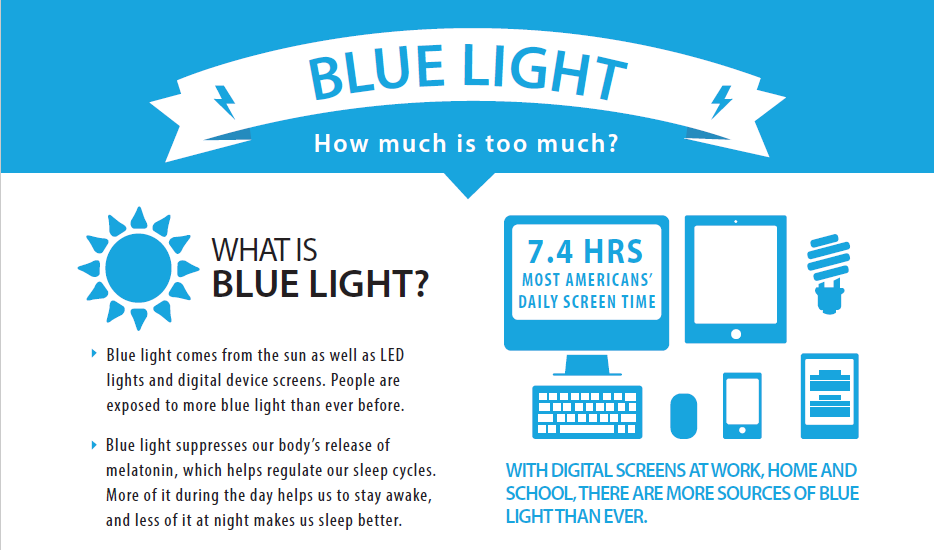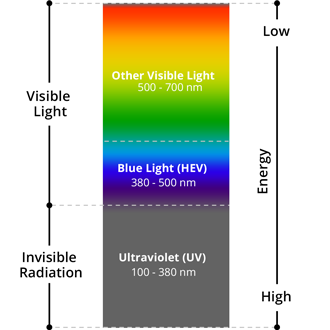Flexible spending accounts (also known as FSA or FSAs) are a very beneficial employer sponsored program that allows you to set aside pre-tax money for specific health care expenses. FSA dollars can be used for all prescription eyewear purchases including prescription sunglasses, single vision, progressives, computer lenses, and contact lenses! Flex money can also be used for routine eye exams, contact lens evaluations, and all other medical eye exams.
What Is FSA, and How Does It Work?
A flexible spending account is kind of like a bank account that you can setup through your employer that allows you to set aside money from each paycheck. This money can be used to help pay for medical expenses that may not be covered through insurance or vision plans.
One of the great benefits of an FSA is that the money you deposit is excluded from taxes. That means each dollar has more spending power than those that you get from your paycheck! The one thing to be aware of is that most flexible spending account plans do expire and are considered “use-it-or-lose-it”. If you do not use your funds before the expiration date, you will lose out on all of that money you set aside. In Minnesota, some company’s have a deadline of December 31st to use your funds, while others have grace period deadline until March 15th of the following year. Please check with your employers to verify your exact FSA deadline.
How do I use my FSA Money?
Many plans comes with a debit card that you can use at checkout as you would any other credit card. However, not all flex spending plans come with debit cards. If your employer did not give you a debit card to use, you can simply use your receipt from the purchase and submit it to your employer or FSA administrator to get reimbursed. Every business has a different filing procedure for reimbursement, so we always recommend contacting your HR department for details.
See All Of The Payment Types We Accept
Can I Use My FSA for Glasses?
Since prescription glasses are considered a medical expense, you can use your FSA funds to pay for prescription eyeglasses. The qualified expenses include frames, lenses and any lens treatments such as blue light filtering and anti-glare. In order to purchase prescription glasses, you will need a current prescription. Eye exams are also a qualified expense you can use your FSA for. If you need to update your prescription, you can schedule an appointment with us today.
Can I Use My FSA for Sunglasses?
Prescription Sunglasses are also a covered expense under flex spending plans. All type of prescription sunglasses and lenses are covered under an FSA plan. This include sunglasses for skiing, fishing, golf, and for everyday wear. With an FSA you can order sunglasses that shield your eyes from harmful rays, enhance your vision, and elevate your style.
If you are lucky enough to be jetting off to a warm tropical destination this spring break, then we sincerely envy you.
We are sure you won’t forget to pack your beach essentials—a swimsuit or two, plenty of sun tan lotion, and a cool pair of prescription shades!
Does iCare family vision accept flexible spending accounts?
Yes! iCare Family Vision gladly accepts Flexible Spending Accounts (FSA). We realize you have a choice in eye doctors and it is our goal to establish a long, trusting relationship with you, your family, and friends. For us, it is much more than taking care of your eyes and providing great eyeglasses. We want the privilege to get to know you, your family and your friends.
Don’t delay using your FSA, come schedule an appointment or stop-in today!





















